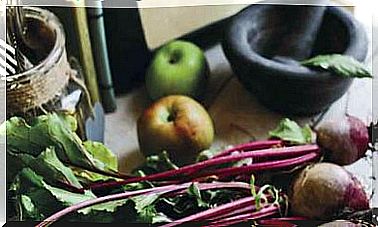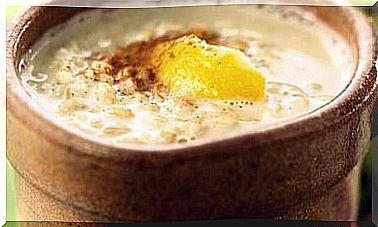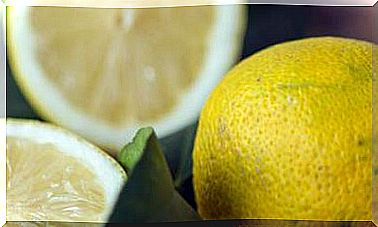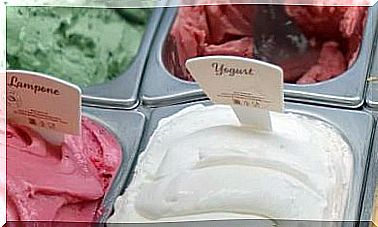Why Avoid Glutamates (flavor-enhancing Additives)
Glutamates can be found in ingredient lists of products such as potato chips or ultra-processed foods. In certain doses and circumstances, all can be harmful to health.
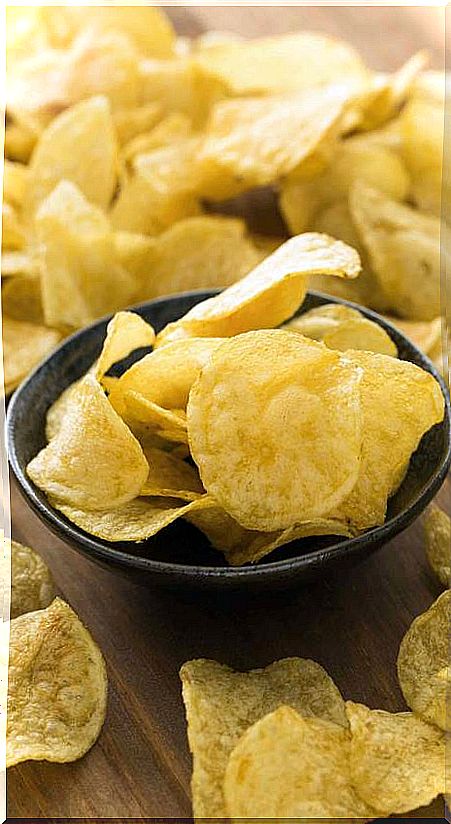
- Is glutamate toxic?
- Where is glutamate and what is its effect?
- Glutamate side effects
- Is there a substitute for glutamate?
It was in 1908 when a Japanese chemist, Kikunae Ikeda, a professor at the University of Tokyo, managed to extract glutamic acid from kombu seaweed. About 40 years earlier, a German chemist had isolated glutamic acid from wheat gluten. Ikeda was so pleased with the surprising taste of his discovery that he invented a word, umami, from the combination of the Japanese terms “umai” meaning delicious and “my” taste.
Today we know umami as the fifth flavor, which is added to sweet, acid, salty and bitter. The sodium salt of glutamic acid or glutamate began to be used as another condiment in Japanese and Oriental cuisine and quickly became a widely used additive in the food industry around the world.
Is glutamate toxic?
Glutamic acid is not bad. It is one of the 20 amino acids that are part of proteins and is found in both plant and animal foods. It is, therefore, a natural substance.
It is not an essential amino acid that we must get from food, because our body is capable of synthesizing it from other amino acids. However, it is a very important neurotransmitter and the body ensures that it is found in the brain at the proper levels. Too much could be very harmful.
According to current knowledge, monosodium glutamate as an ingested additive or related flavor enhancers cannot cross the blood-brain barrier and therefore also cannot reach the brain. However, consuming glutamic acid can have health consequences.
Where is glutamate and what is its effect?
Flavor enhancers can have various chemical compositions. In addition to sodium glutamate, they also take the forms of monoammonium glutamate, calcium diglutamate, monomagnesium glutamate, and monopotassium glutamate. And all come from the laboratory or are extracted and concentrated from food after fermentation. They appear in the list of ingredients with your name or with the E numbers from E620 to E325.
Monosodium glutamate is found naturally in plants such as ripe tomatoes, soy products, yeast, seaweed, and mushrooms, as well as in meats and dairy products such as cheese (especially Parmesan cheese and Roquefort). In this case we speak of free glutamate, which, however, is not present in the high concentrations used in the food industry.
Glutamate-based flavor-enhancing additives are widely used in frying, potato chips, sauces, pickles and all kinds of ultra-processed ready meals. These added glutamates produce an appetite stimulus that can lead to eating more than necessary and consequently to gaining weight.
The best example is the bag of potato chips, which only a few consumers can put aside without finishing. Some experts compare flavor enhancers to addictive drugs.
Glutamate side effects
Many consumers react with intolerance even to small amounts. Symptoms are abdominal pain, nausea, diarrhea, and headaches. In colloquial language it is called “Chinese restaurant syndrome”. You can also develop a glutamate allergy and develop symptoms such as heart palpitations, sweating, reddened skin, or migraines.
Glutamate is suspected of acting as a messenger substance or neurotransmitter that causes migraines. Children can also react to flavor enhancers with fever and confusion. The thesis that monosodium glutamate and the like could trigger ADHD (attention deficit / hyperactivity disorder) in high doses has not been proven by studies.
Is there a substitute for glutamate?
Yes, there are alternatives. Ultimately, sodium glutamate is only used in industry to make something taste good with little effort. It also allows you to market “addictive” and cheap products. You can safely use “natural and healthy flavor enhancers” in your dishes and you can look for them in commercial products:
- Fresh aromatic plants such as basil, oregano, parsley and chives (also frozen).
- Dried aromatic plants such as the Provencal mix or the combination of thyme and sage.
- A variety of spices and spice blends such as paprika, nutmeg, allspice, juniper berries, curry …
- A little cayenne powder enhances the flavor of any dish.
- A small amount of seaweed (2-4 g) can have a great effect.

